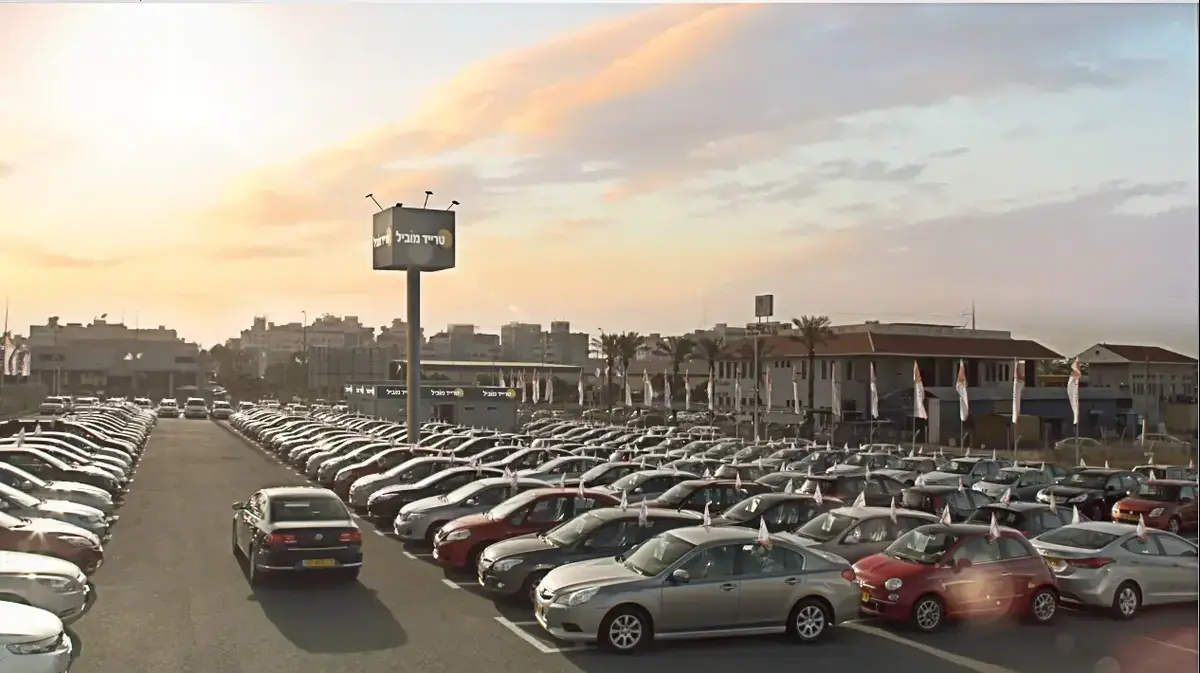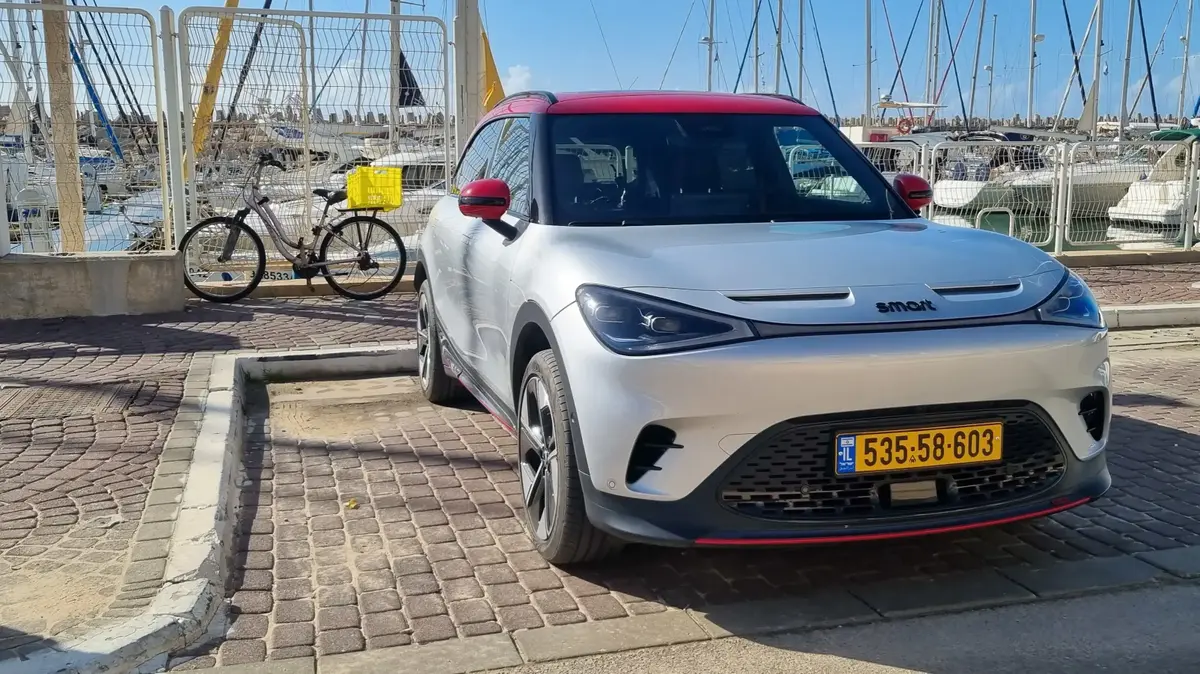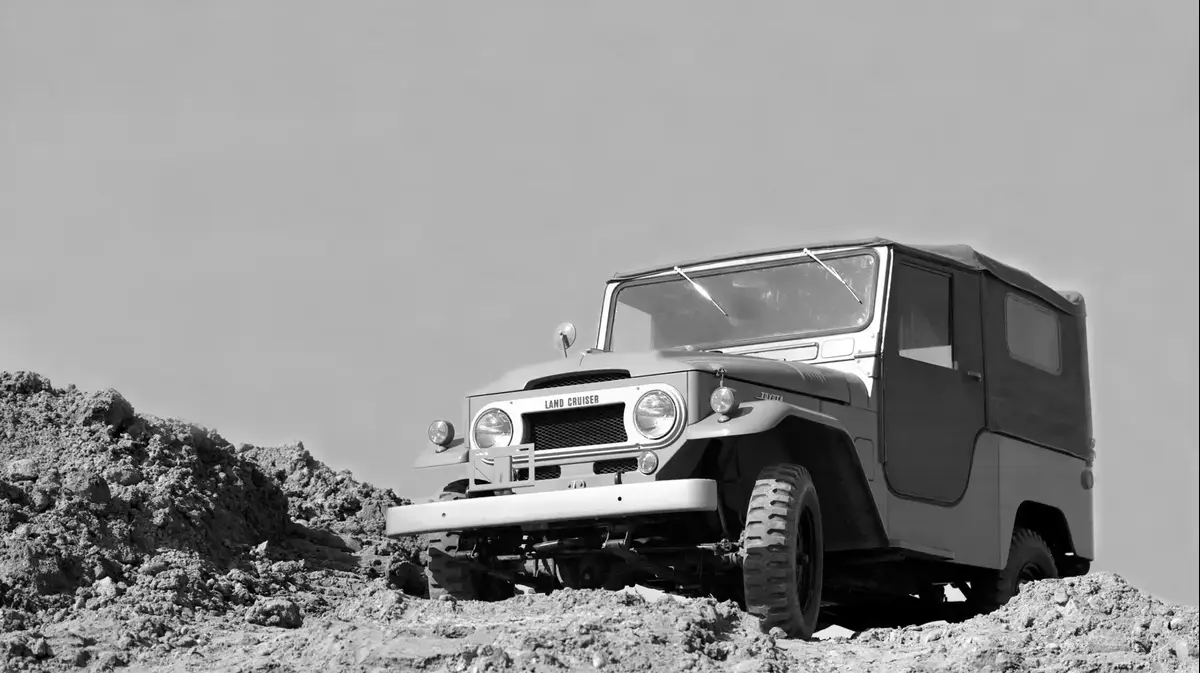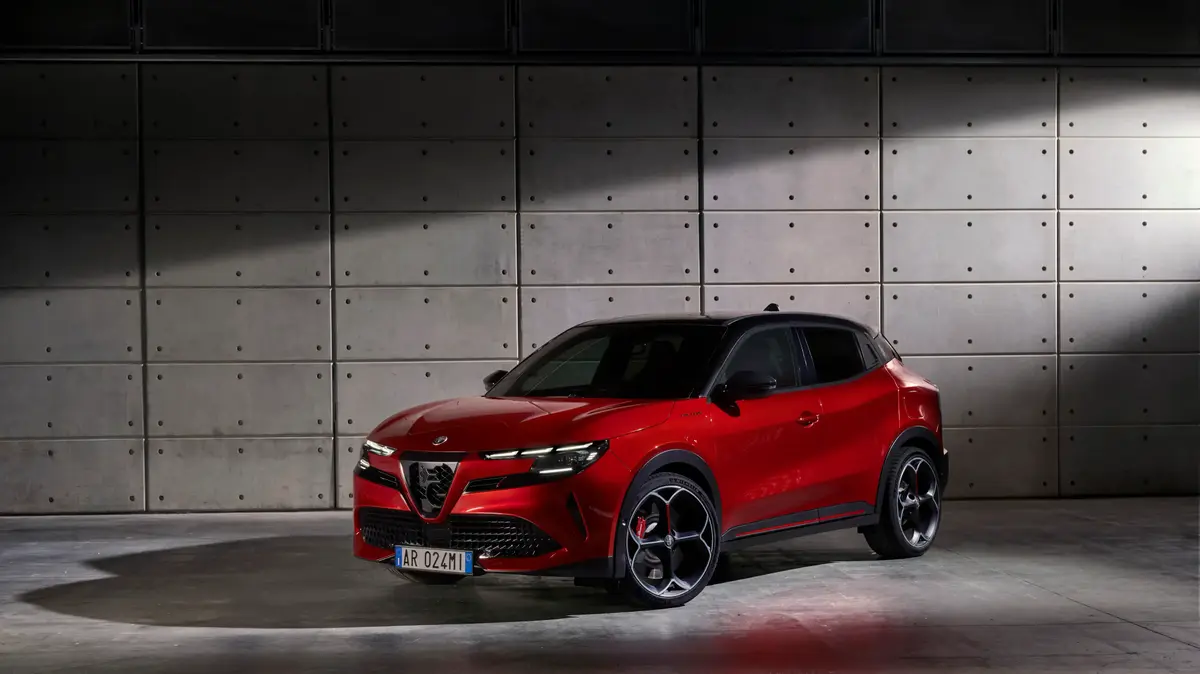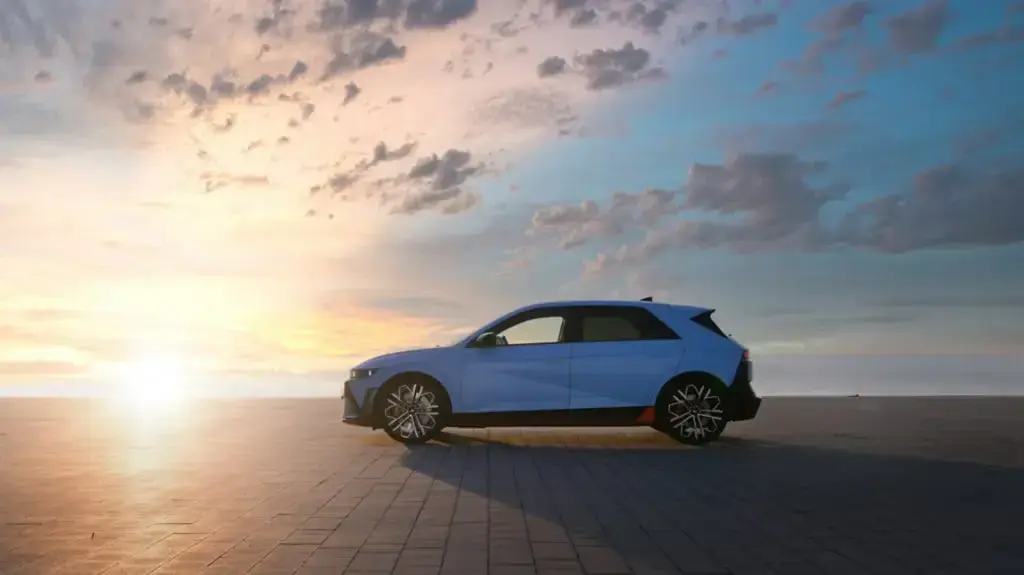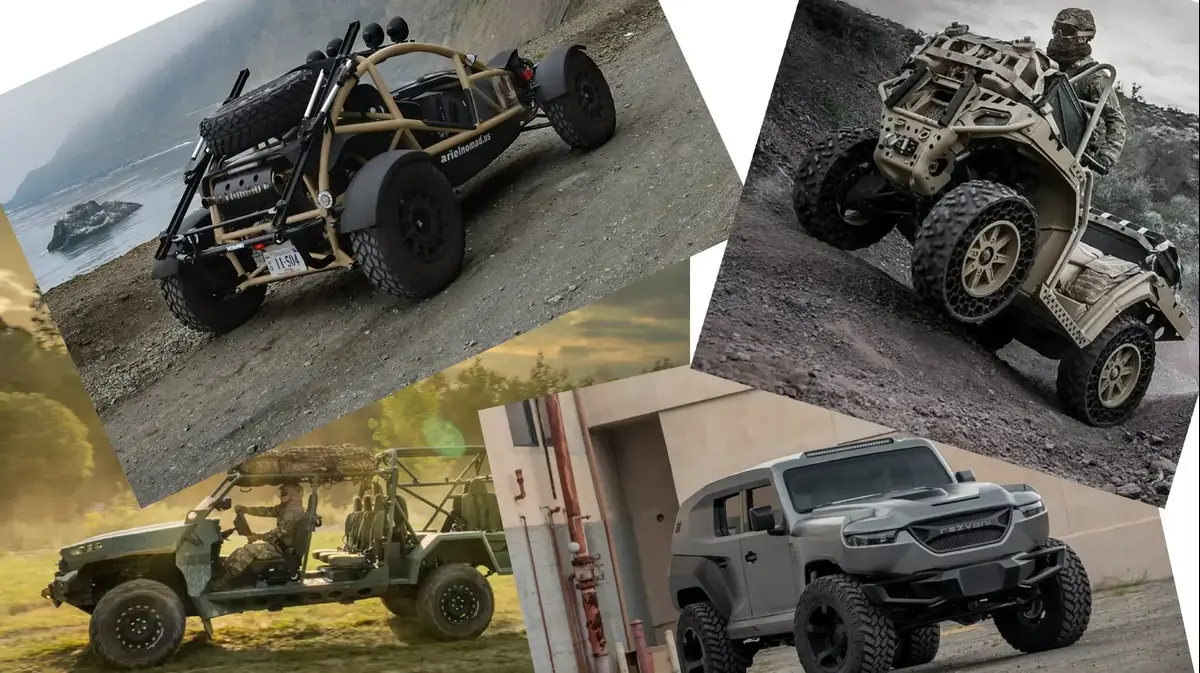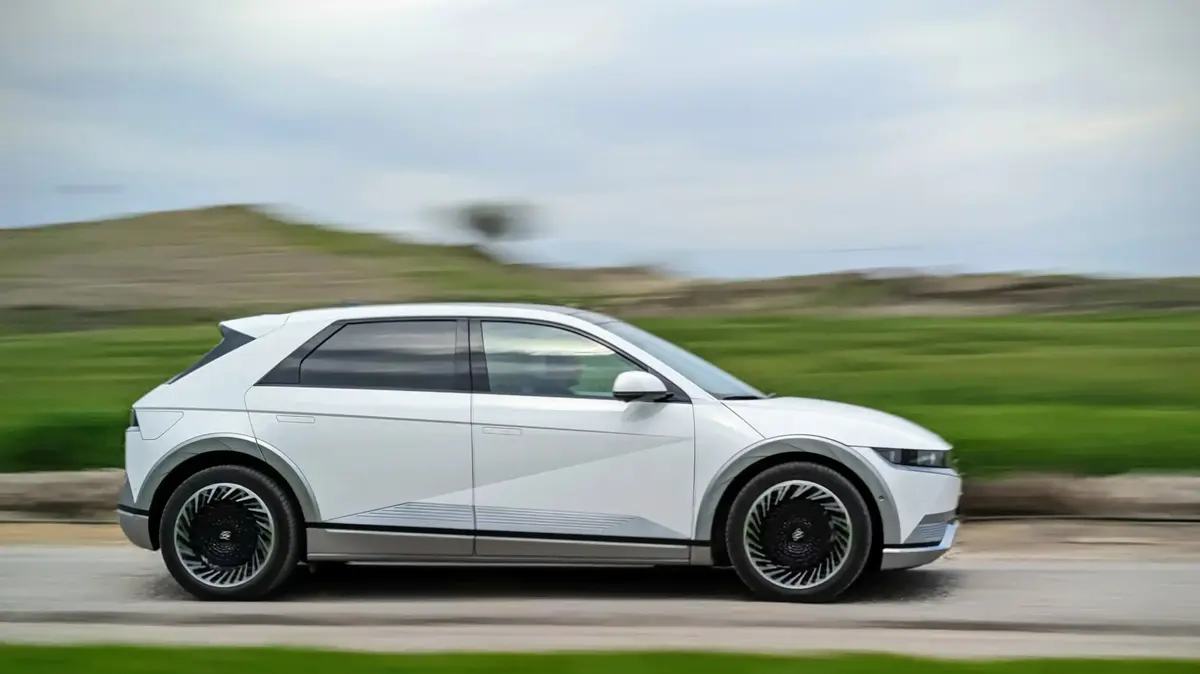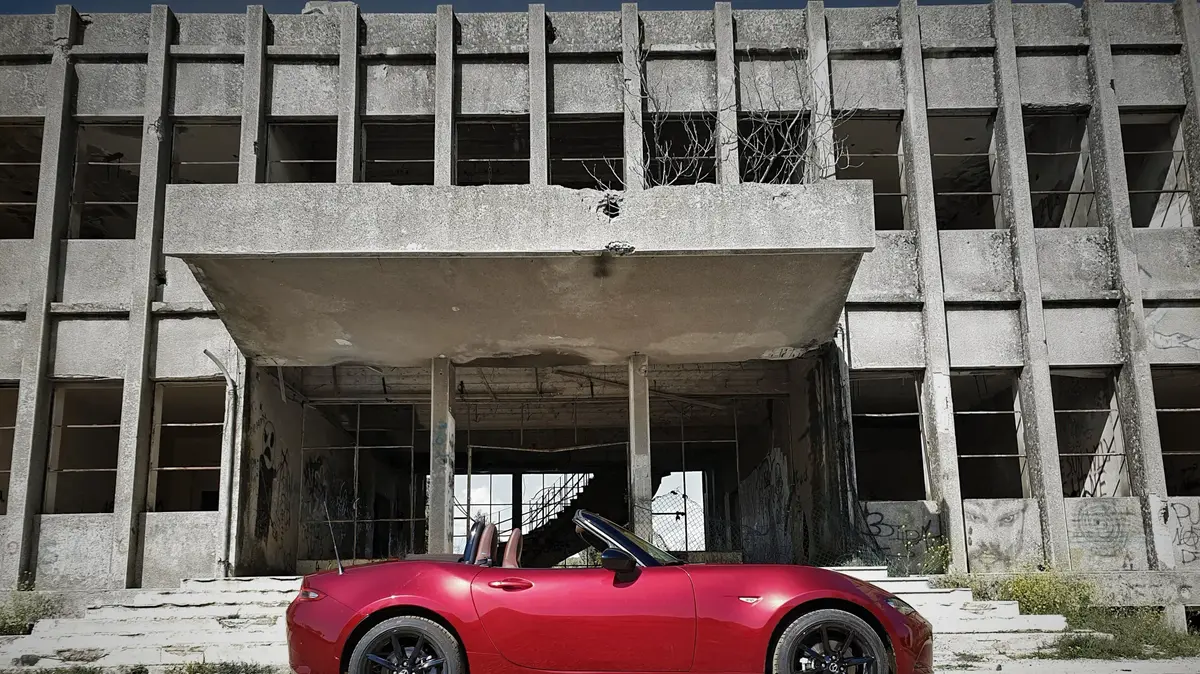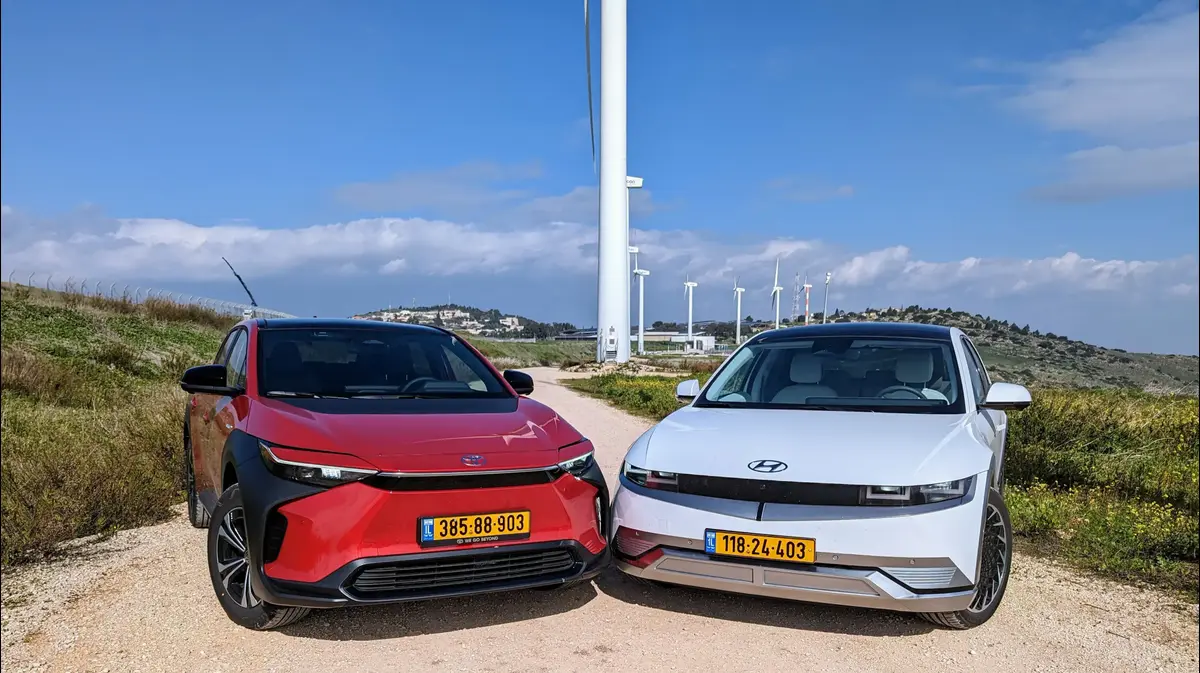Want to sell the car fast? Buy a Jeep
Leading trade data collected at the request of Walla Car of the last decade reveals: not only in the new car market, but also in the public used only leisure vehicles and jeeps. And, who are the strong brands in the market
Women and buying a car (Photo: Assi Shavit, PR)
In the sales figures of the new cars, whether it is in Israel or in this trend, it has been clear for years and will probably increase. The jeeps, crossovers and all those "recreational vehicles" continue to crush almost every other segment of the market and become the largest. The answer to the question "Why?" And the arguments for and against can hold whole stories - but the people said it and did it most clearly not only in the showrooms, but also in the used market.
With the help of leading trade information systems, which, among other things, provide trade-in services to a number of importers, including telecare, Union Motors, traffic devices and more, we are here spanning the first decade of data on the used car market.
Jeeps, jeeps everywhere (Photo: Dudi Moskowitz)
Comparative: Sportage, Equinox, 3008 (Photo: Dudi Moskowitz, Rami Gilboa)
Segment War
The following graph you see down here perhaps most clearly tells the public taste of the new car when it comes to choosing his new car and it turns out that he also chooses his used car. From a 12 percent ratio of recreational vehicles and 61 percent to the family group, with the exception of a slight increase in 2011 to 64 percent since the end of 2019, this segment is in a consistent and constant decline. To the point of almost equality between these two segments - 34 percent for leisure vehicles and 35 percent for family.
More in Walla! NEWS More in Walla! NEWSBehind this ad stands a crook with scrap: this is how you will recognize him
To the full articleSegment War
The following graph you see down here perhaps most clearly tells the public taste of the new car when it comes to choosing his new car and it turns out that he also chooses his used car. From a 12 percent ratio of recreational vehicles and 61 percent to the family group, with the exception of a slight increase in 2011 to 64 percent since the end of 2019, this segment is in a consistent and constant decline. To the point of almost equality between these two segments - 34 percent for leisure vehicles and 35 percent for family.
Family attitude and leisure vehicles, from absolute dominance to equality
Decade of used decade (photo: screenshot, screenshot)
Even in the demand for cars in the various segments, it is easy to see the tremendous change these tools have undergone. At the beginning of the previous decade, the average percentage reduction for recreational vehicles from the official price list was 14 percent, today they are 5 percent. In families, the trend is reversed with an 8 percent reduction to 11 percent. The Mini and Super Mini cars also strengthened from the 10 and 11 percent reductions to 4 and 3 percent respectively. Those who have had this strongest taste change are the "executive" cars or the exact name of big family.
Decade of used decade (photo: screenshot, screenshot)
What about the days of inventory of cars that also indicate demand? In 2010, recreational vehicles, jeeps and crossovers waited an average of 23 days in the lot while waiting for the buyer, since year after year this number is declining and is only 10 in 2019. At the same time, family cars that were in demand and spent only 10 days on the lot climbed to 19 days. Here, too, in parallel with these two opposite trends, the mini and super mini cars are in demand as well as in the inventory days. These large family days, whose almost 10 days average inventory days were 15 days and in 2019 are 22 days.
Decade of used decade (photo: screenshot, screenshot)
The strong brands
The period of time between 2010 and 2019 sharpens changes the market has undergone with regard to the perception of certain brands, and also tells the story of the internal trade bodies that act as an importer's arm. As for the first point, it can be seen in the figure of the sales percentage below the average price over almost a decade of each manufacturer. So this is a very popular Toyota then and today is not really surprising, but look at Kia, who at the beginning of the decade was ahead of her big leap forward with a brilliant supply of models, and as of 2019 and consistently in recent years also the most sought after with a 3 percent average reduction to her models , It's not overwhelming, try selling Kia Forte in the private market and come back with a simple story. What about Peugeot with 6 percent reduction and Citroen with 8? Here too, this is an improvement over the last 4 years.
As for the official trade arms of importers? That's probably where the customers' reserved cars come from, which replace models within the same home brand. That's probably the explanation for Honda's very high reduction percentages that its cars sell at 19 percent below average on a decade, just like Volkswagen, a 17 percent seat. Ford with 18 percent really doesn't surprise anyone.
Decade of used decade (photo: screenshot, screenshot)
In the case of inventory days, there is an overlap in most cases between the ranking of the gap from the price list to the number of days the car stands on the lot. Here, too, on average from 2010 to 2019, these are Toyota and Kia with an average of three days in the field waiting for the customer. Subaru and Peugeot with 9 days, Citroen with 12, Hyundai with 14. Somewhere at the bottom, Honda cars here also sit an average of 29 days, three days more than Ford, five days more than Chevrolet.
Decade of used decade (photo: screenshot, screenshot)
The most advanced is the most lucrative The most advanced is the most lucrativeCompulsory insurance from NIS 54 per month
By the insurance company WE SURE
For purchase >>Don't want a headache despite the price
One last point worth dwelling on is the percentage of trade-in deals, the ones where, despite the economic price, the customer comes with his car to the lot and does not deal with selling it independently. A decade-long perspective allows us to look at a steady increase from the level at which these transactions were at 25 percent in 2010 to 50 percent in 2019 - doubling those transactions. More and more people are experiencing the unpleasant experience of trying to sell the car independently, despairing and arriving at the lots for a trade-in deal, or not even trying to advertise the car and heading to the trademark no-one in the first place.

